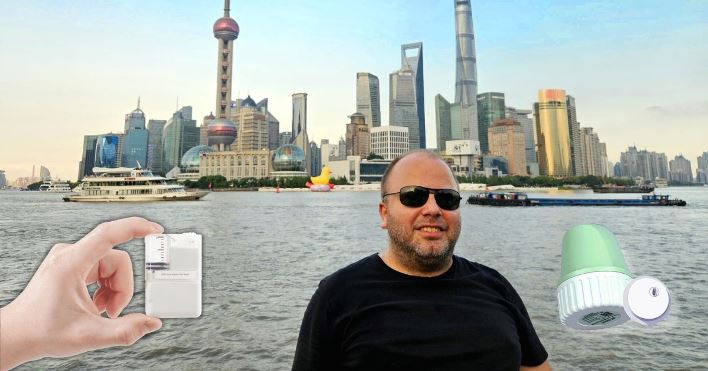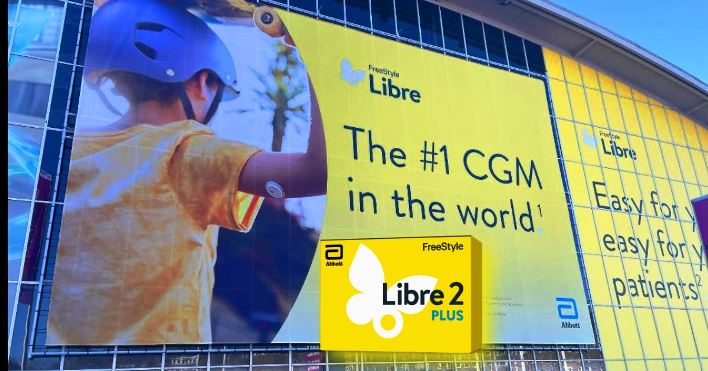From time to time, testimonials appear on social media from individuals experiencing issues with false nocturnal hypoglycemia.
To gain a more objective understanding of how frequently people with diabetes face this issue, a survey was conducted.
Although the survey was posted in a Libre user group, it is important to note that many members use a variety of other sensors. The results showed that 43% of the 339 respondents almost never experience false nocturnal hypoglycemia, while 57% reported having it often or occasionally.
What is false nocturnal hypoglycemia?
This occurs when a person with diabetes is woken up by a hypoglycemia alarm on their sensor, only to check their blood sugar and find no hypoglycemia present.
On international social media platforms, this phenomenon is also referred to as compression lows or false nocturnal hypoglycemia. Official medical literature has yet to recognize this issue.
Why does false nocturnal hypoglycemia occur?
A widespread theory suggests the following: when you lie on your sensor, the interstitial fluid flow around it decreases, causing the sensor to mistakenly detect hypoglycemia.
Adding to this is a logical observation: lean individuals experience this issue more frequently than those with more body fat.

The man on the left likely has more interstitial fluid than the one on the right!
Where do the problems arise?
One problem is that individuals who frequently experience this issue may eventually disable their alarms and sleep uninterrupted.
But what happens if a real hypoglycemia event occurs while the alarms are off? Will you notice it? Some will, but some won’t...
Another issue arises when an uninformed doctor reviews your glucose graphs and immediately reports you to occupational medicine for repeated severe hypoglycemia, potentially resulting in the suspension of your driver’s license. Unfortunately, this has happened.
There’s also the matter of individuals who genuinely experience “severe and repeated hypoglycemia” and should have their licenses revoked. These individuals might claim they are well-regulated, blaming the sensors for inaccurate readings, which complicates the situation.
Less severe but still inconvenient consequences include morning fatigue due to unnecessary nighttime awakenings or hyperglycemia caused by consuming something sweet in response to a false hypoglycemia alert.
For all these reasons, having and occasionally using blood glucose test strips remains very important.

How to address false nocturnal hypoglycemia?
In short: avoid placing the sensor on areas of your body where you tend to lie down. Unfortunately, some sensors recommend placement on the outer upper arm, which is precisely where many people will put pressure on it during the night.
It’s worth revisiting the “recommended placement areas” in your sensor's instructions. If none of these locations work, it might be time to explore alternative, non-recommended sites—but always carefully test their accuracy with blood glucose readings.
If that doesn’t help, it may be time to consider switching to a different sensor.
Let’s not forget that some sensors are inserted vertically under the skin, while others are placed at a 45-degree angle. Determining which works better for you will depend on your individual needs; every body is unique.
Furthermore, it’s reasonable to assume that smaller, thinner sensors may cause fewer problems with false nocturnal hypoglycemia.
Conclusion
A lovely young woman named Ivana recently raised this question, thinking she was the only one in the world experiencing this problem. Dear Ivana, you are certainly not alone, and thank you for inspiring this article.
Sensors remain one of the greatest advancements since the discovery of insulin, and the future, both for sensors and for us, looks bright. 😊






